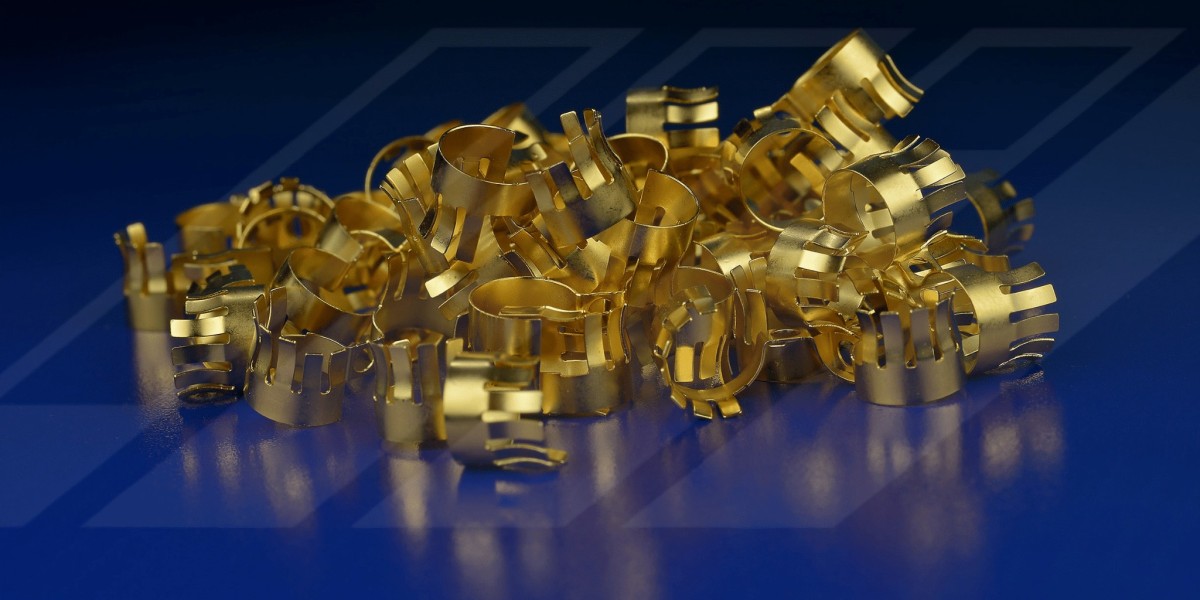Gold is an invaluable metal with exceptional properties, including high electrical conductivity and durability, making it the ideal material for certain applications.
Gold-plated electrical contacts are less susceptible to being damaged by abrasion and friction, and offer increased heat resistance which makes them an excellent choice for harsh environments.
Protection from Corrosion
Gold is an inert metal, making it less reactive to corrosion than most. This property makes it perfect for electrical connectors which may be exposed to high temperatures. Furthermore, being non-magnetic helps protect circuits against strong magnetic fields.
Gold plating offers both corrosion and wear resistance, and is highly durable. Buffing can reduce friction and wear on substrates, lengthening their lifespan over time - making gold an excellent choice for industrial and aerospace applications.
When plating aluminum, it is vitally important to choose an effective undercoat such as nickel, copper, or silver/copper strike. Once applied, this undercoat must be carefully examined to ensure it is free of porosity as this could cause premature failure of the gold layer. Furthermore, it must withstand chemicals found within its surroundings - ideally it should even be harder than gold itself to prevent corrosion and wear on substrate underneath.
Durability
Gold plating services is highly durable, protecting metals against rust, corrosion, wear and other forms of damage. Furthermore, its excellent conductivity of electricity and thermal energy make it an attractive option for aerospace applications.
Gold-plated connectors' durability depends on their exposure to certain environments. For instance, some systems operate in humid settings which accelerate oxidation and corrosion. Copper or silver are less durable alternatives in these situations, and gold offers additional resistance against fretting caused by mating parts rubbing against each other.
Gold's superior heat dissipation abilities help reduce friction between metal surfaces, while its ability to withstand higher temperatures than other metals makes it essential for space applications. Gold-plated components tend to be more reliable and easier to maintain compared with unplated ones - this feature being particularly advantageous in high-profile military systems such as THAAD and PAC-3 missile defense systems.
Aesthetics
Gold has long been used as a decorative metal, providing it with an alluring and glossy surface that attracts eyes. Gold nickel plating also protects items against corrosion and wear-and-tear, often fetching premium prices when sold as standalone pieces.
Electrical contacts are an integral component of electronic devices, and gold plating can enhance both their conductivity and durability. Commonly made out of electrically conducting metals such as nickel, cadmium, or copper, electrical contacts may deteriorate with age due to oxidation, erosion, or corrosion; gold plating helps prevent this process and prolong their lifespan.
No matter the composition of an undercoat, it is always advisable to apply a soft gold strike atop it before adding the final gold coat, in order to promote adhesion and minimize contamination. This step is especially essential in applications with high moisture levels; without such precautions copper underplates may cause oxidation through their copper content that reduce adhesion as well as conductivity and adhesion respectively.
Cost
Gold plating is one of the more costly electroplating techniques, yet also provides exceptional value and durability. It can be applied to various metals including aluminum to protect parts from corrosion, wear and other forms of damage.
Gold plating costs vary depending on the size and complexity of a part, as well as coverage requirements. An undercoat made up of nickel, copper or Cu/Ni will usually be required prior to gold plating aluminum to enhance adhesion and decrease contamination risk.
Gold coating can increase resistance to heat, which is vitally important in electronics manufacturing. Furthermore, its protective qualities help shield parts from excessive heat and moisture exposure while giving electronics products an appealing color and aesthetic appearance. Finally, its reflective qualities create a barrier that protects them from excess moisture exposure - further making this material the ideal choice.








